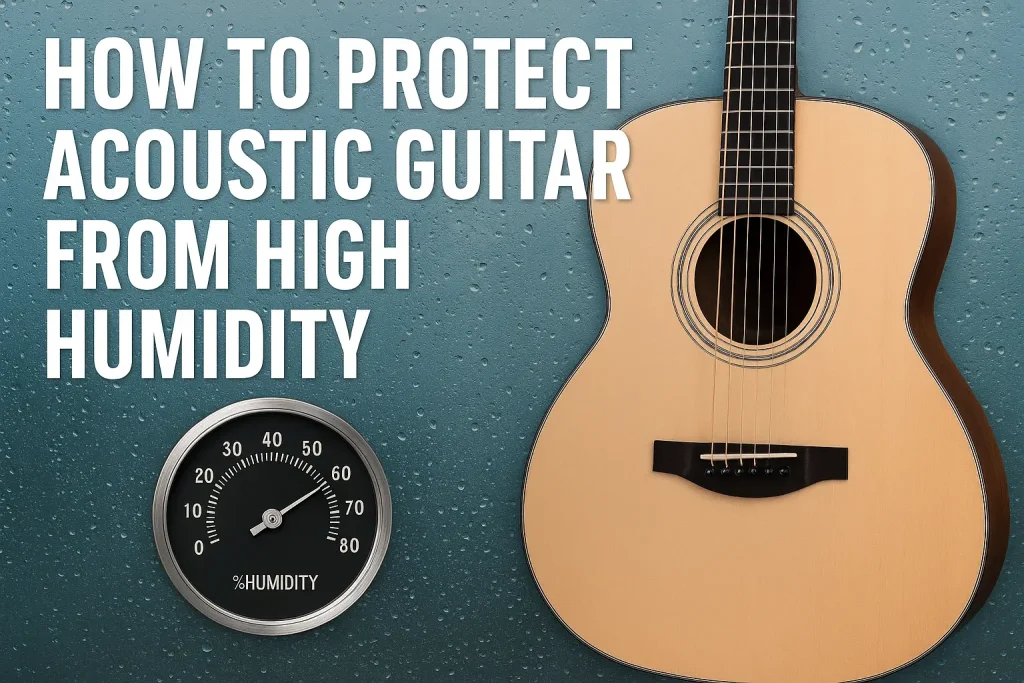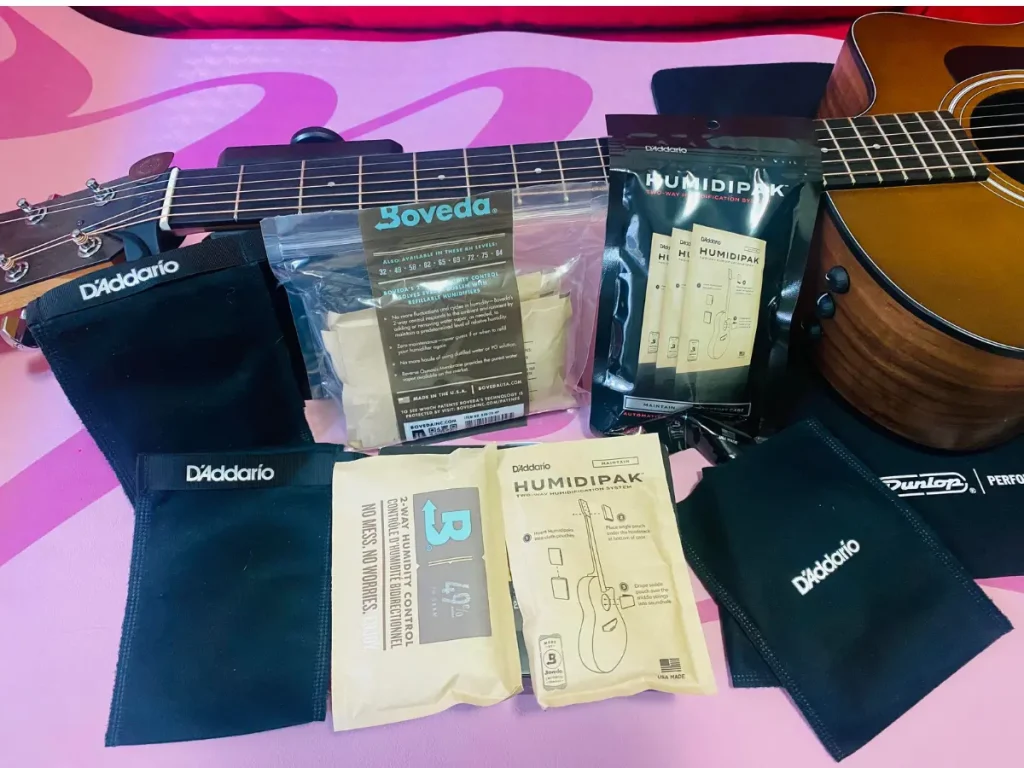Jaxon
"Hi, I'm Jaxson, a guitar lover and writer. I share my passion for guitars through my blog, where I publish articles and tips related to this amazing instrument."
You may also like...
-
10 Best Beginner Acoustic Guitar Songs to Learn in 2025
by Jaxon · Published 09/02/2025 · Last modified 20/09/2025
-
How to Lower the Action on Acoustic Guitar? (Complete Guide 2025)
by Jaxon · Published 19/09/2025 · Last modified 20/09/2025
-
Is 30 Too Late to Learn Electric Guitar?
by Jaxon · Published 16/09/2025






